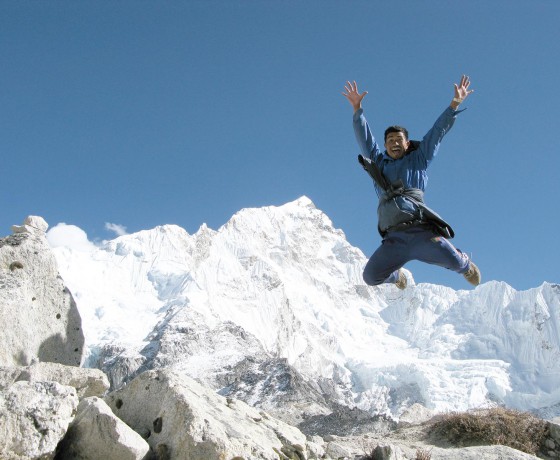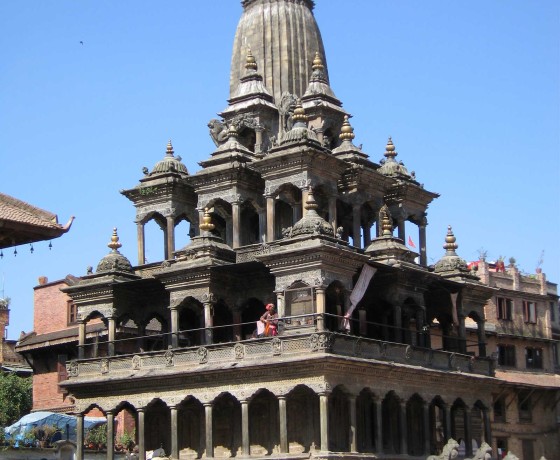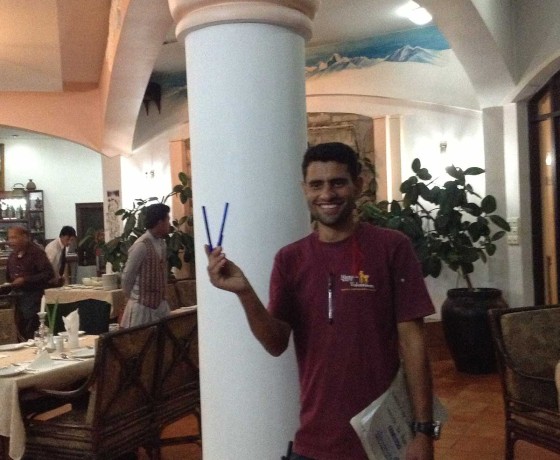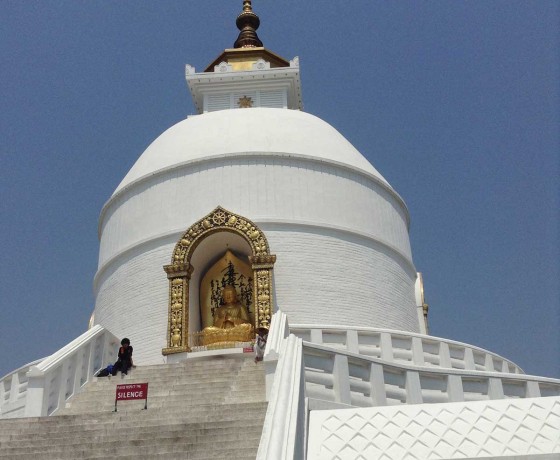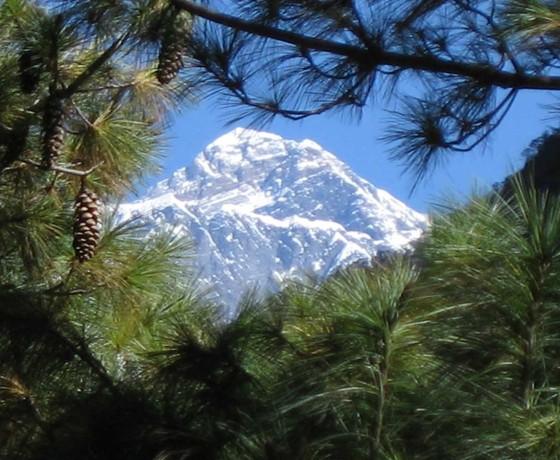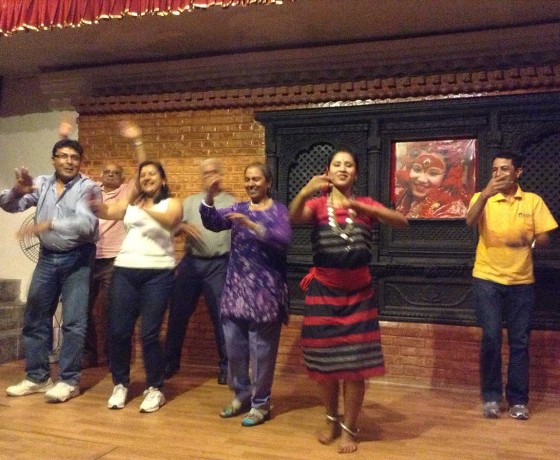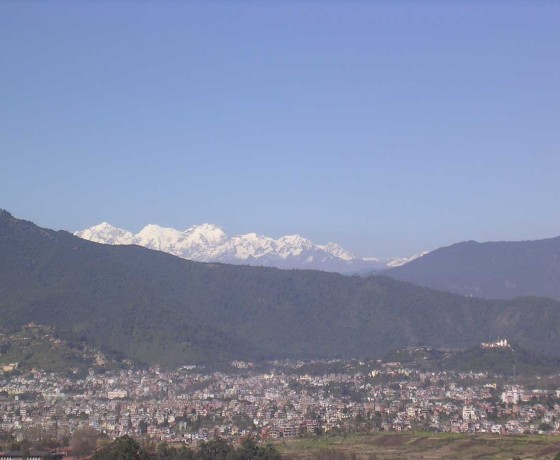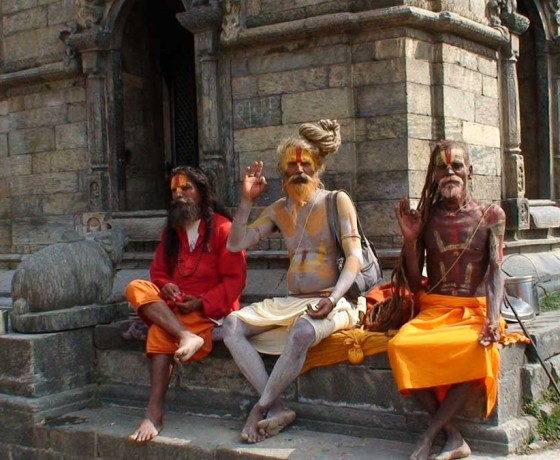Educational, Cultural & Adventure Gap Year Tour
Educational, Cultural & Adventure Gap Year Tour
(B – Breakfast, L – Lunch, D – Dinner)
Day 1: – Kathmandu Arrival, We come to pick you up at the Airport, Check in to Hotel.
Depend on time. We take you for Sightseeing tour of KATHMANDU DURBAR SQUARE (UNESCO World Heritage Site): Situated in the heart of old Kathmandu city at Basantapur, Kathmandu Durbar Square never fails to impress first time visitors with its ensemble of palaces, courtyards and temples built during the Malla period. The Durbar Square includes the Hanuman Dhoka Royal Palace, the historic seat of the royalty; the magnificent Taleju Temple towering more than 40 meters; Kumari Ghar, the residence of the Living Goddess, Kumari; Ashok Vinayak, also called Kathmandu Ganesh, a temple without a filial ; and Kal Bhairav, the God of Wrath. The capital takes its name from the giant pagoda of Kasthamandap, which is said to have been built out of a single tree. Since the time of the Malla kings, the Durbar Square has been the city’s social, religious and political focal point.
Day 2: – Kathmandu Valley Sightseeing.
Then, continue on the PASHUPATINATH TEMPLE (UNESCO World Heritage Site): Situated 5 km east of Kathmandu, the temple of Lord Shiva is consider one of the most sacred Hindu shrines in the world. The two-tiered pagoda with golden roofs and silver doors houses the sacred linga, or phallic symbol, of Lord Shiva. Chronicles indicate the temple existed before 400 A.D. Near the Pashupatinath Temple on the banks of the Bagmati River lies Guheswari, where, according to mythology, a portion of Sati Devi, Lord Shiva’s consort, fell when a grief-stricken Shiva wandered aimlessly across the earth carrying her dead body on his shoulders following her self-immolation.
Later continue on the SWAYAMBHUNATH STUPA (UNESCO World Heritage Site): Resting on a hillock 3 km west of Kathmandu, it is one of the holiest Buddhist Chaityas in Nepal. It is said to have evolved spontaneously when the valley was created out of a primordial lake more than 2,000 years ago. This stupa is the oldest of its kind in Nepal and has numerous shrines and monasteries on its premises.
Later continue on the BOUDDHANATH STUPA (UNESCO World Heritage Site): Situated 8 km to the east of downtown Kathmandu, Bauddhanath is one of the most imposing landmarks in Kathmandu, visible as soon as you land at the Tribhuvan International Airport. It is the largest stupa in the Kathmandu Valley and is the centre of Tibetan Buddhism. – Overnight at hotel. B.
Day 03: Kathmadu – Rafting – River Camp – B/L/D
Yoga class in the morning
After breakfast 3 hours’ drive to start rafting in river Trishuli, an experience of adrenaline rush in the Himalayan River. Once we reach to the riverbank, we will have some briefing about rafting safety measures and on the equipment. Once into the river, paddle your excitement through the gushing river. Enjoy being in the water for about 2.5 hours and finish you rafting adventure. Once in the River bank camp, satisfy your hunger with the delicious food prepared for you. Afterwards, you have the option of diving into the swimming pool, exploring the local village or just sit quietly enjoying the flow of the river water.
Night stay on tented camp
Approximate Distance: 90 km
Duration: 2.5 Hrs. drive and 3 Hrs. Rafting
Day 04: River Camp – Pokhara 900 m – B
Early morning breakfast and we check out the hotel to go to Pokhara. A 7 hours’ drive by tourist bus takes us to the amazingly beautiful city of Pokhara 200 km west of Kathmandu. The drive is very scenic which goes through the winding and stretching road alongside the famous rafting river of Trishuli and later on Marsyangdi. The passing through some beautiful small Nepali towns will give you some glimpses of countryside of Nepal.
Approximate Distance – 115km
Approximate Travel Duration – 3 Hrs
Day 5- Early morning we take you for a sunrise to Sarankot hill (if the weather is clear) return to hotel and after breakfast then we take you for a full day sightseeing in Pokhara included, Davis Falls, Mahadev Cave, Tal Bahari, Dindabasani temple, International Mountain Museum and boating in Fewa Lake.
Paragliding Optional $95 pp
Davis falls: An interesting aspect of the falls is that the water travels through a natural tunnel prior. The water from the fall flow about 500 feets through the natural tunnel at the depth of 100 feets from ground level. In the year 1961, a Swiss tourist who was just swimming in the Phewa Lake was swept away due to the unexpected overflow in the dam water and her husband was helpless. Thus, her body was never recovered and was vanished forever. Then the fall was named after her name as Davis Fall
Fewa Lake is a freshwater lake in Nepal located in the south of the Pokhara Valley that includes Pokhara city; parts of Sarangkot and Kaskikot. The lake is stream-fed but a dam regulates the water reserve, therefore, the lake is classified as semi-natural freshwater lake. It is the second largest lake in Nepal, the largest in Gandaki Zone followed by Begnas Lake. B
Day 6- Explore and hike to peace stupa and Tibetan refuse camp. B
Day 7: – After breakfast drive to Kathmandu then drive to Chitwan National Park (8 hrs) . Evening we take you for Tharu culture show, Tharus are aboriginal people of the area who have their own language, culture and tradition. Drive time ( 7-9 hours)B.L.D
Day 8: Full day in Chitwan National Park for exciting activities Like jungle walk, elephant riding, village visit, canoeing, visit to elephant breeding center, bird-watching etc. A nature guide will lead us through all the activities giving us more insights about the wildlife, flora and fauna in the national park. View of wild and aquatic life like rhinoceros, deer, Crocodile, and different birds will make your day. Do not miss sunset along the riverbank. Stay in Chitwan – B/L/D
Day 9: – Morning after breakfast we drive to school visit and your 2 days volunteer start. Overnight Home stay. B.L.D
Day 10: Volunteer day 2. Later we drive to Kathmandu and overnight stay in Kathmandu, Evening we take you for Nepali culture show and dinner. B.D
Day 11: – We take you to airport and depart home.
*** TOUR END ***
Cost of the trip: GBP £980 per person, (Minimum 2-pax travelling).
For more departure date please click here.
Prices Include:
- All Hotel Accommodation on twin share basis
- Daily breakfast, Lunch and Dinner
- Chitwan National as per the itinerary with meals
- All transport.
- Services of English Speaking Local Guide for the sight seeing
- All currently applicable taxes
- All the entrance fee and Rafting in Trushali river
- Sightseeing with all the entrance fees, guide etc
Prices DO NOT Include:
- Visa fees for Nepal, airport tax or any kind of insurance cover
- Items of personal nature like drinks, laundry, telephone calls, tips, camera fees etc
- Car at disposal or any sightseeing on leisure days unless specified above
- Early check in or a late checkout room (s) at any hotel (s) unless specified above
- Liability for change in itinerary due to reasons beyond our control like change in flight schedule;
- cancellation of flights/trains, political disturbances, natural phenomenon, etc
- Tips to driver, guide, hotel staff & representative.
- Camera/video camera fee at monuments
- Any other item not specifically mentioned above as ‘INCLUDED’
- International and domestic flights



